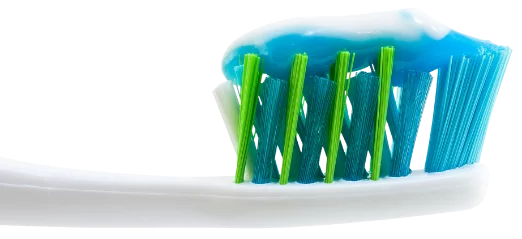Relief is just a baby root canal away with pulp therapy. We treat and save damaged or infected teeth.
Pulp Therapy in League City, TX

4 Benefits of Pulp Therapy
The pulp is a bustling hub of nerves, blood vessels, and vital cells that keep your little one’s smile radiant and healthy.

What is Pulp Therapy?

Call to Schedule
Healthy Smiles Start Here
Schedule an appointment with us today to discover the difference of advanced, proven technologies, a full suite of services, and exceptional dental care just for your little one.













